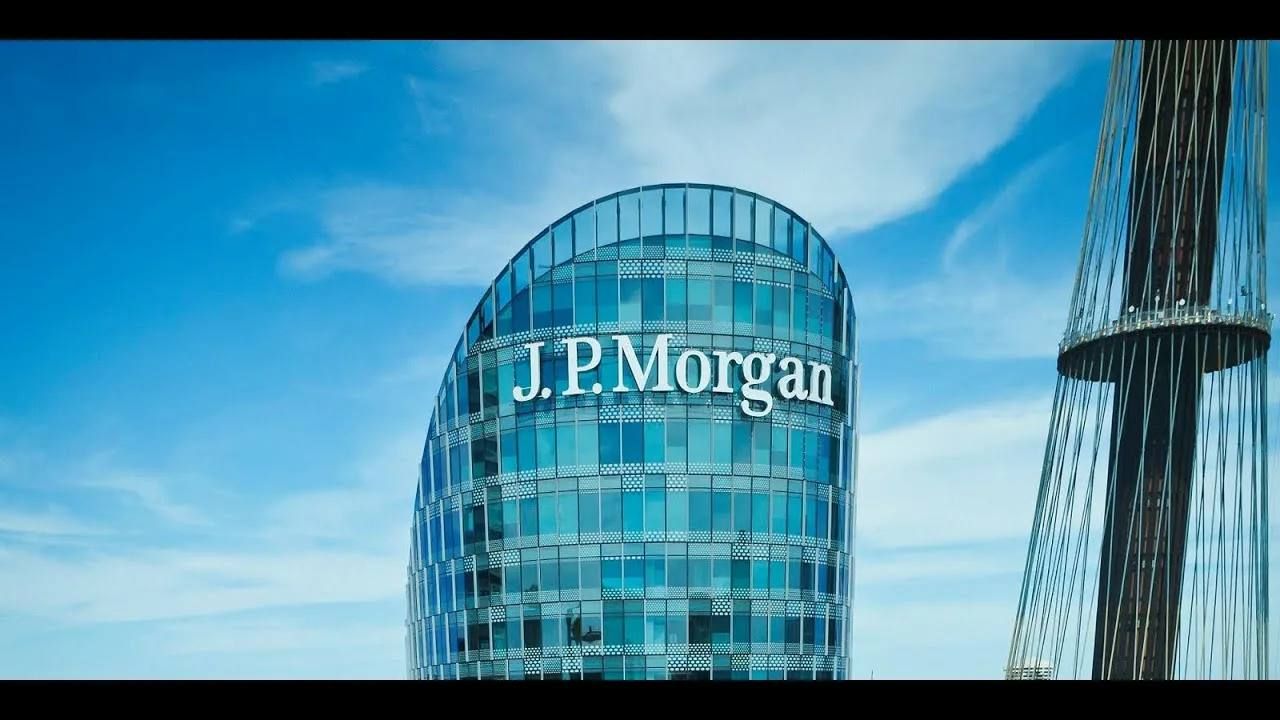
|
Getting your Trinity Audio player ready...
|
Could gold really soar to $6,000 an ounce by the end of Trump’s second term? According to JPMorgan analysts, that scenario isn’t just possible—it’s increasingly probable.
In a bullish forecast, the bank argues that if just 0.5% of American-owned foreign assets are reallocated into gold, the price could more than double. That shift—around $273.6 billion—would buy 2,500 metric tons of gold, enough to drive significant market movement given gold’s relatively inelastic supply.
In fact, JPMorgan notes that just 3% of the total gold market changing hands could spike the price by over 80%. It’s a startling insight into how tight the gold market really is—and why the world’s largest bank remains structurally bullish on the metal through 2029.

Despite Trump’s recent trade ceasefire with China, gold prices remain strong—hovering above $3,200 per ounce. That’s a sign of sustained investor demand, even in a cooling geopolitical climate.
JPMorgan isn’t alone in this call. Frank Holmes, CEO of U.S. Global Investors, shares a similar view. He predicts gold could hit $6,000 before 2029, citing the massive expansion in global money supply.
And what about Bitcoin—the so-called “digital gold”? Holmes sees it climbing to $150,000, even $250,000, in the same time frame. But here’s where things get interesting.
If 3% of gold’s market turnover can move the price by 80%, why doesn’t Bitcoin—where 4% trades hands daily on centralized exchanges—move that much?
The answer lies in market structure.
Gold’s physical supply is overwhelmed by paper gold—over 3,000 kg of derivatives for every 1 kg of real metal. It’s a heavily manipulated market. Bitcoin, for now, remains more transparent. But the moment Wall Street develops a full suite of Bitcoin derivatives, we may see similar price suppression mechanisms at play.
In other words, Bitcoin’s future could look a lot like gold’s past—if the financial system has its way. But until then, both assets—real and digital—remain top hedges in a world of fiat uncertainty.
